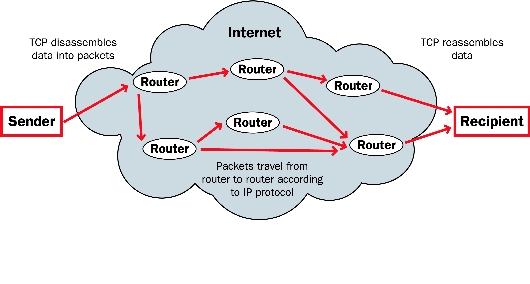ISPs (Internet service providers) are companies that give access to the Internet through network connections. The rate at which a network connection can send data is known as bandwidth: for example, 10 megabits per second (Mbps).
A high-speed Internet connection, such as a cable modem, DSL (Digital Subscriber Line), or fiber, is known as a broadband connection. Broadband connections are much faster than dial-up connections. The bandwidth of a dial-up connection is less than .1 Mbps, while a cable modem can be 5 Mbps or more. The bandwidth of a fiber optic connection is even higher.
Typical speeds for cable modems are usually lower than the maximum speeds, because each computer in a neighborhood is a member of a LAN. Each computer in that LAN uses some of the bandwidth. Because of this shared-medium system, cable modem connections can become slow when more users are on the network.
DSL connections supply constant bandwidth, but they are usually slower than cable modem connections. Also, the bandwidth is only constant between your home or office and the DSL central office. The DSL central office cannot guarantee a good connection to a website or network.
How Information Travels on the Internet
The data that you send through the Internet is separated into units, or packets. Each packet includes the Internet address of the destination. The packets that make up a connection can use different routes through the Internet. When they all get to their destination, they are assembled back into the original order. To make sure that the packets get to the destination, address information is added to the packets.
